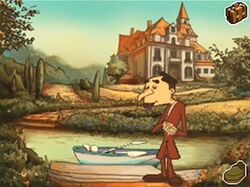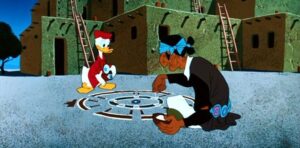Professor Layton and the Curious Village (2007)

…………………………………………………
Professor Layton and the Curious Village Game Review
Professor Layton and the Curious Village is a 2007 puzzle adventure video game developed by Nintendo for the Nintendo DS. It’s such a stellar, wonderful game.
………………………………………………….
“My boy, what you see here is the Golden Apple herself!“
…………………………………………………..
…………………………………………………..
A game that functions as a puzzle mixed with the graphic adventure elements, it garnered quite a lot of critical praise when it was first released and it continues to be well regarded. It went on to create a whole new franchise in gaming with most installments faring very well both critically and commercially.
Despite what the cartoony art style would suggest, this game certainly isn’t for children only as its puzzles range from fairly easy to downright frustrating. But let’s first talk about the plot, and there is a lot to talk about in this section surprisingly enough. It follows the titular professor detective who, along with his apprentice named Luke, travels to the village of St. Mystere to retrieve a certain artifact. While there, the two also have to figure out a murderer, a kidnapper, the town residents’ strange behavior and a couple of more mysteries here and there.
Yes, there is a lot to unpack here positively speaking. The game truly functions as an animation feature not just in its European comic-strip aesthetic, but also in its cutscenes that are truly incredible. They resembled a genuine movie to the point that I felt as if I was watching one, and honestly it would be a great feature having in mind the strength of the story at hand.
Yes, the game is quite cinematic, but what was even more surprising was its conclusion. The twist at the end not only tied everything up perfectly, but it was a true shocker. Both fresh and unexpectedly touching, the final scene made me so happy and sad simultaneously, which is a sign of superb storytelling. It’s so good, in fact, that it deserves a movie adaptation.
…………………………………………………..
…………………………………………………..
There is undoubtedly some unease in the mixing of the puzzle and point and click adventure games in Professor Layton and the Curios Village, but for the most part the game was executed surprisingly well. Admittedly, the story sections arrived at uneven times, but the plot complimented the puzzles beautifully.
You can talk to all of the village’s residents and they will give you puzzles. Some of these felt random and only for the purpose of the game, but still most puzzles were surprisingly well incorporated into the storyline itself. The dialogue is pretty good and some side characters are quite colorful and memorable. The hidden puzzles can be found by clicking on parts of the screen along with the coins that give you hints that help puzzle-solving immensely.
Rewards are also quite solid. The gizmos are particularly cool as they lead to the creation of a dog sidekick that will eventually help you find the coins to dig out on the map. Furniture can be put into Layton and Luke’s inn rooms and you also get puzzle pieces to assemble a jigsaw puzzle of a portrait. When you complete all 120 puzzles, you get to try some more additional puzzles from the game’s main menu.
Let’s talk about the game’s puzzles. I haven’t used my brain to do any math for over a decade, so this game was quite valuable to me to brush up on my math and logic skills. There are many types of puzzles here, making the game quite diverse. Multiple answer ones are interesting and not too difficult. Writing the answer puzzles require logical thinking, and in my opinion some of these were purposefully misleading in how they were written. The construction of some sentences was downright manipulative, which I did not like, but thankfully most puzzles did not do this.
…………………………………………………..
…………………………………………………..
But those that focused on trick questions that were well written and made sense were commendable for sure. Many puzzles have a deceptively easy answer and/or an easy answer that you still miss and go the other way around. That was quite interesting. The matchstick puzzles were also a lot of fun as they required the creation of a described mysterious object using these sticks.
The logic puzzles and the math ones were solid, but some were too hard for me, especially the ones with algebra and geometry. My favorite types were definitely the Draw Line and Sliding puzzles. The former is so much fun as you try to find a way for all the neighbors to miss each other on their way from home to work while the latter was my favorite as sliding these blocks in order to get a smaller ball to the end of the puzzle was both extremely entertaining and at times immensely difficult, but in a fun way. The chess puzzles were also a standout.
Another major strength is the aforementioned art style. This game felt so European in the best way possible. The hand-drawn cartoony style did wonders to make it more appealing for kids and artistically inclined adults as well. The character design is stellar while the town itself looks very cozy, well thought out and populated with so many fantastic details.
…………………………………………………..
…………………………………………………..
The world building is excellent, but the score could become repetitive. It was suitably old-fashioned and charming, but the main theme was repeated way too much to the point of blunting its impact. The game needed more musical arrangements for sure.
With stunning hand-drawn animation aesthetic, phenomenal characters and one truly well thought out storyline with a particularly touching conclusion and a marvelous twist, Professor Layton and the Curious Village also benefits from a plethora of diverse, challenging, but always fun puzzles. It’s such a charming, cozy game that started this wonderful franchise with style to spare.
My Rating – 4.5
Ranking Professor Layton and the Curios Village Puzzle Types:
1. Sliding
![CV097] Princess in a Box 1 | Professor Layton Wiki | Fandom](https://static.wikia.nocookie.net/layton/images/5/58/CV097.gif/revision/latest?cb=20110509112411)
2. Draw Line
![CV020] Unfriendly Neighbors | Professor Layton Wiki | Fandom](https://static.wikia.nocookie.net/layton/images/9/9f/CV020S.gif/revision/latest/scale-to-width-down/256?cb=20110119203631)
3. Chess
![CV080] Too Many Queens 1 | Professor Layton Wiki | Fandom](https://static.wikia.nocookie.net/layton/images/9/95/CV080S.gif/revision/latest/scale-to-width-down/256?cb=20110120142733)
4. Multiple Choice
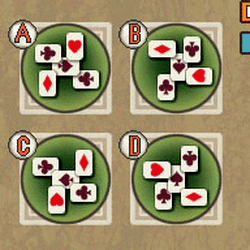
5. Matchstick
![CV009] One Poor Pooch | Professor Layton Wiki | Fandom](https://static.wikia.nocookie.net/layton/images/4/46/CV009.gif/revision/latest?cb=20110119195932)
6. Shape Search
![CV052] Find a Star | Professor Layton Wiki | Fandom](https://static.wikia.nocookie.net/layton/images/0/04/CV052.gif/revision/latest?cb=20110120122938)
7. Write Answer
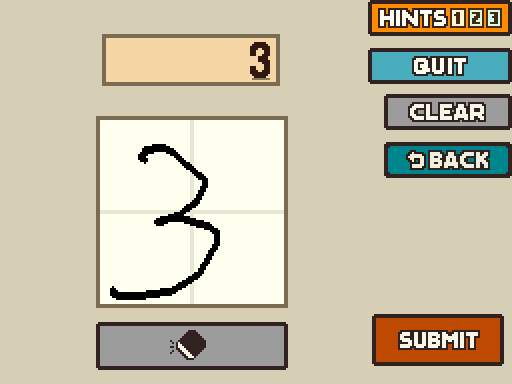
8. Geometry
![CV076] A Tile Square | Professor Layton Wiki | Fandom](https://static.wikia.nocookie.net/layton/images/f/ff/CV076.gif/revision/latest?cb=20110509012831)
9. Algebra
![CV099] 33333! | Professor Layton Wiki | Fandom](https://static.wikia.nocookie.net/layton/images/3/3a/CV099.gif/revision/latest?cb=20110204161212)
10. Placement
![CV027] Bickering Brothers | Professor Layton Wiki | Fandom](https://static.wikia.nocookie.net/layton/images/6/6a/CV027.gif/revision/latest?cb=20110120091547)
Ranking Professor Layton and the Curious Village Characters:
1. Layton

2. Luke
3. Flora
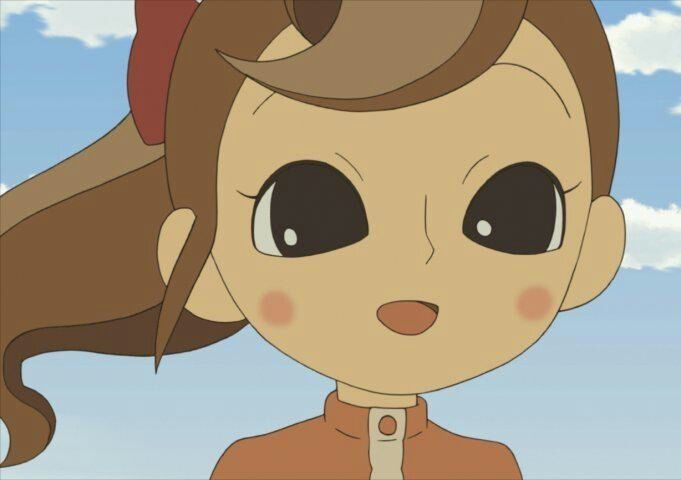
4. Don Paolo
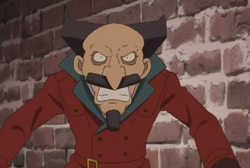
5. Inspector Chelmey
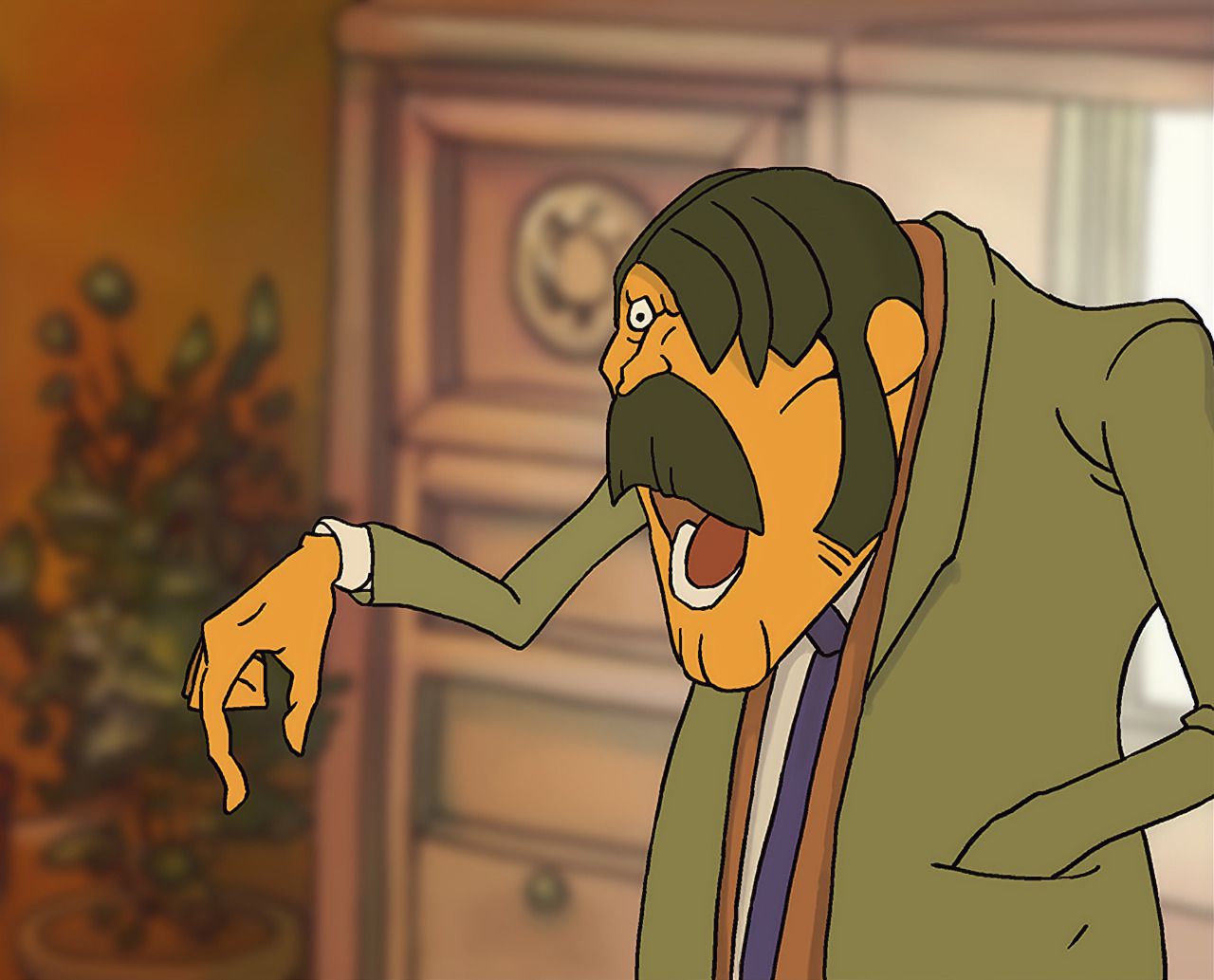
6. Lady Dahlia

7. Granny Riddleton
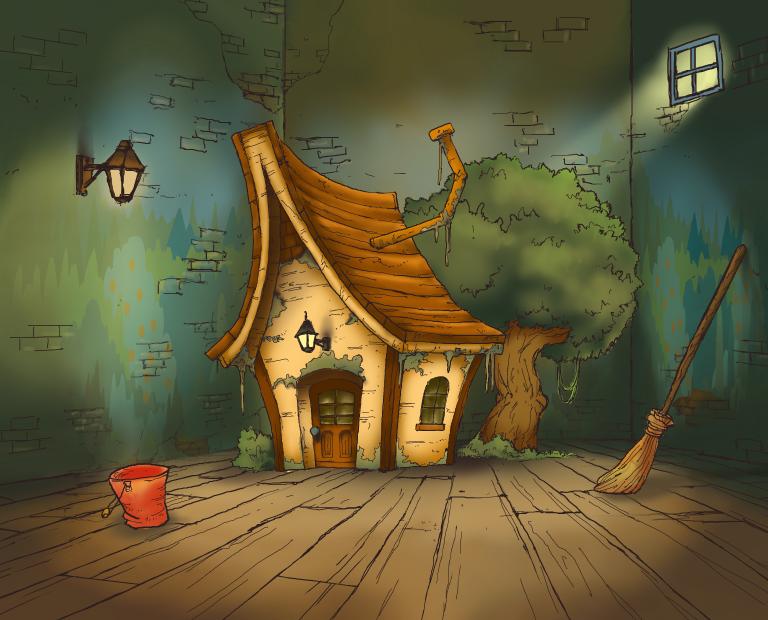
8. Pavel
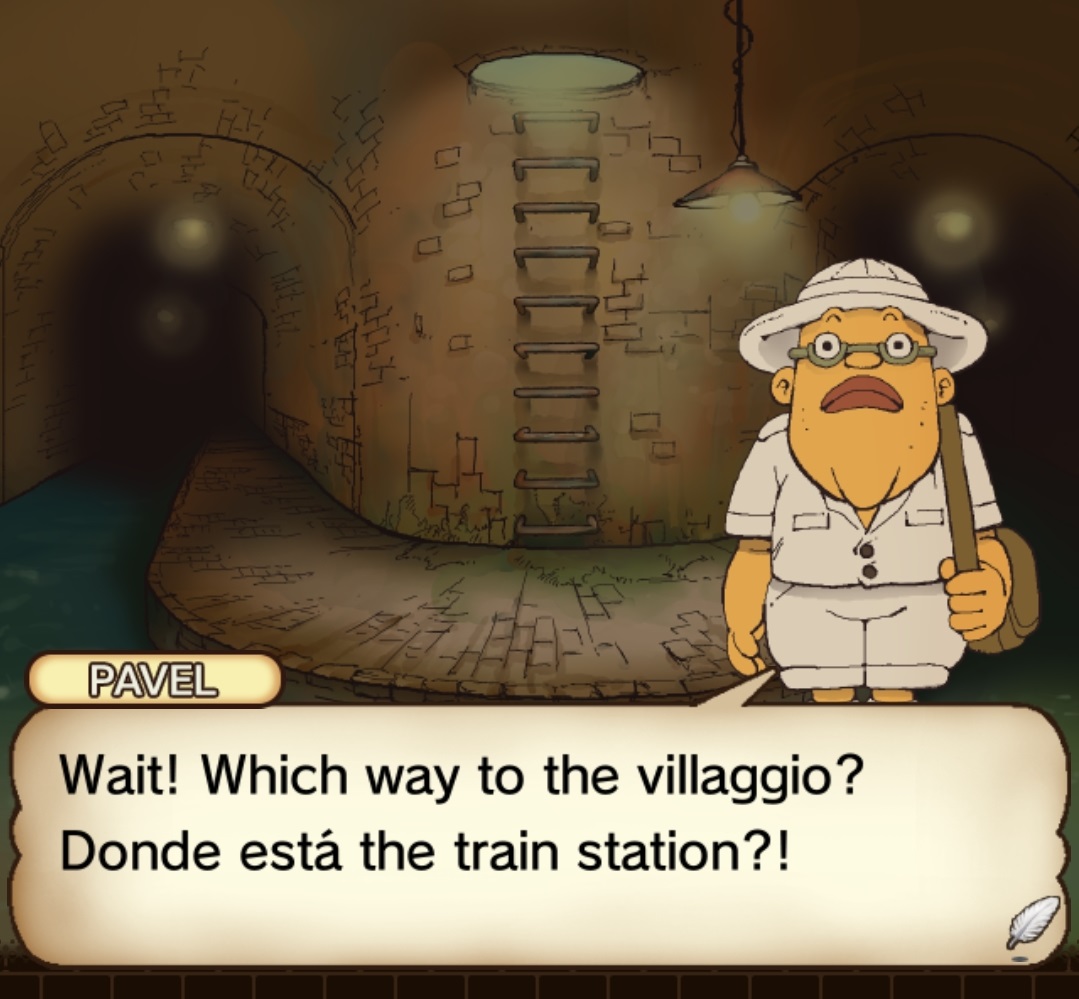
9. Stachenscarfen
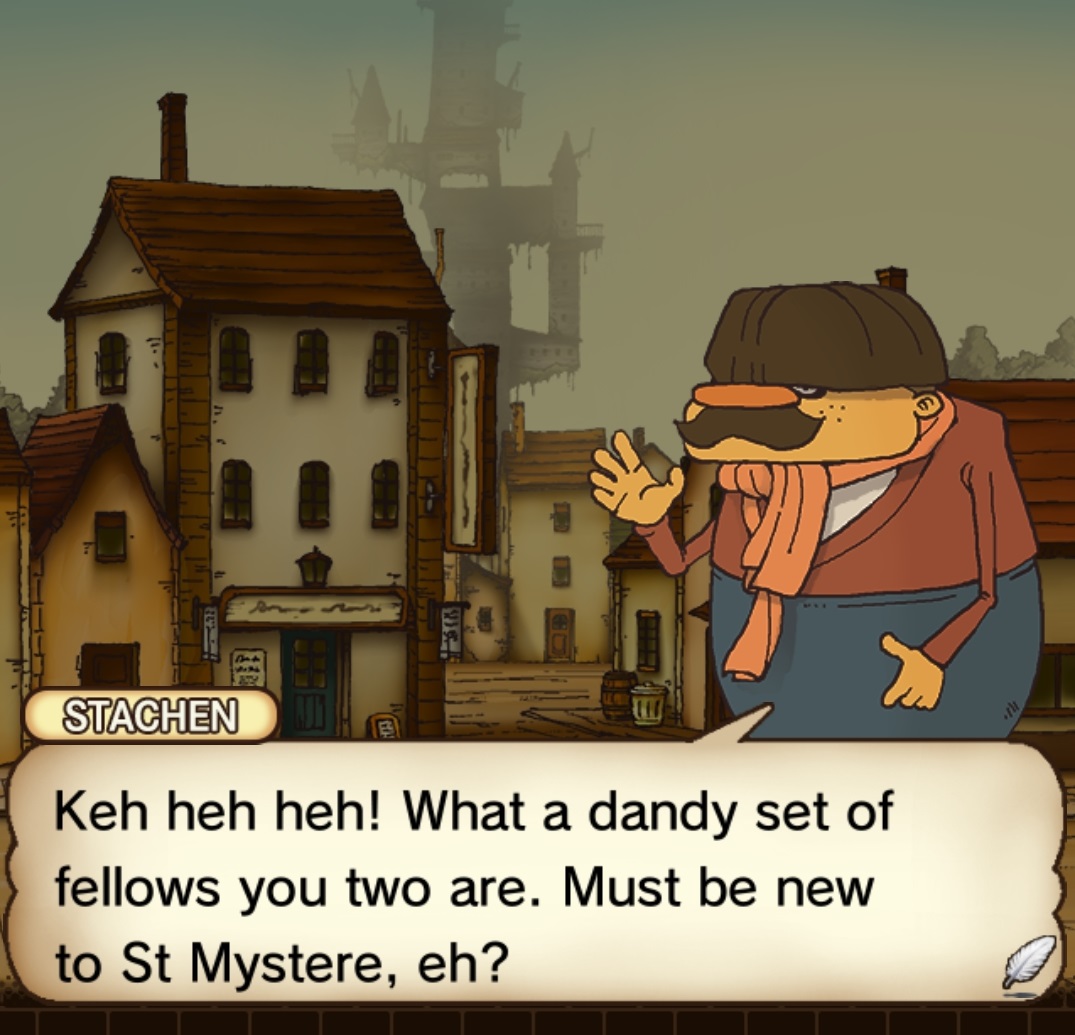
10. Ramon
